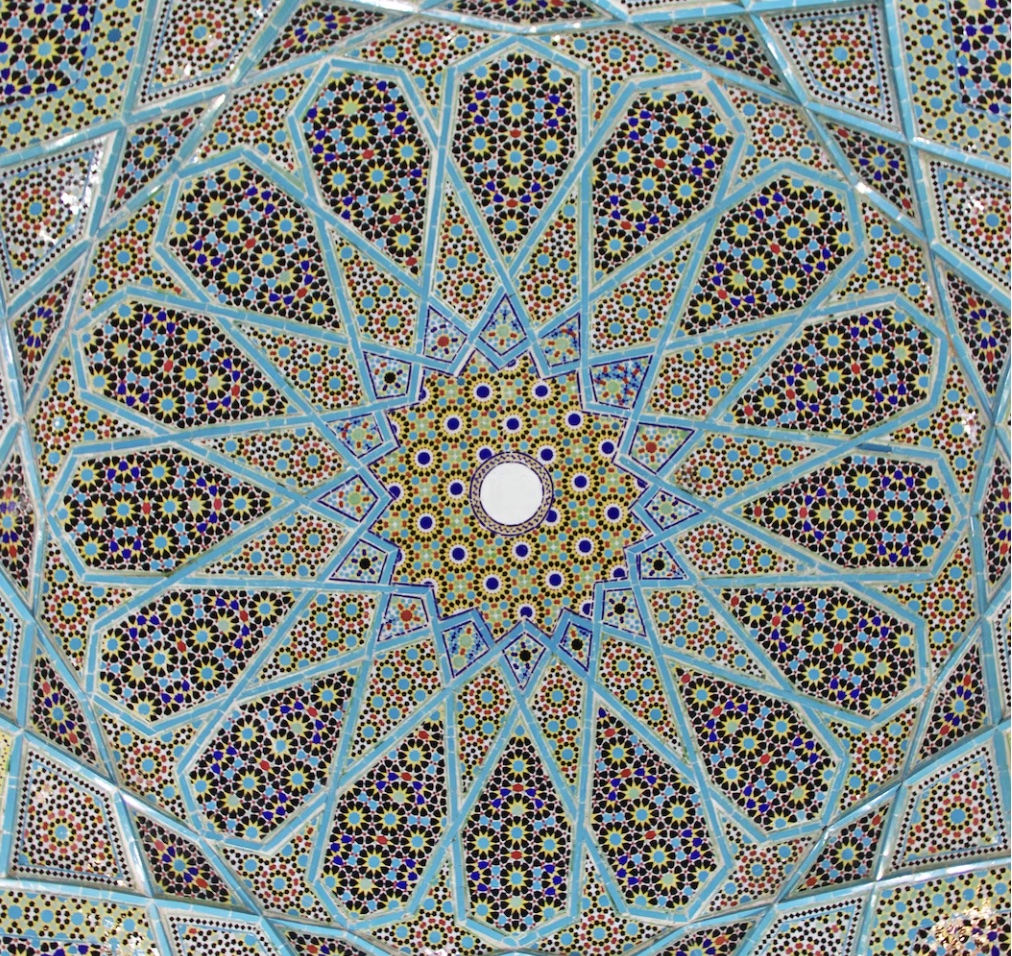Islamic Art
Thu, Mar 16, 2023
Read in 2 minutes (339 Words)
Islamic art encompasses a wide range of artistic expressions, including visual arts, architecture, and calligraphy.

“Creative coding is not about mastering a tool or a technology, but about using code as a creative medium to express ideas and explore new forms of art.” - Casey Reas
Islamic art refers to the diverse range of artistic expressions found in Islamic culture. It encompasses various forms of visual arts, architecture, calligraphy, and other art forms developed within the Islamic world, which stretches from Spain and North Africa to South Asia and Southeast Asia. Islamic art is characterized by its emphasis on abstract and geometric patterns, with a general avoidance of figurative representations due to religious beliefs about idolatry and the depiction of living beings.
Types of Islamic Art
Some key aspects of Islamic art include:
- Calligraphy: The artistic representation of Arabic script, considered the highest form of Islamic art. Calligraphers often skillfully transformed Quranic verses and other religious texts into beautiful and intricate designs.
- Geometric patterns: Islamic art is known for its complex geometric patterns, which often involve repeating and interlocking shapes. These patterns symbolize the infinite nature of God and are used to adorn various surfaces, from architecture to ceramics and textiles.
- Arabesque: This is a form of artistic decoration consisting of intertwined, flowing lines and vegetal motifs, often used to embellish various surfaces in Islamic art.
- Architecture: Islamic architecture showcases various building types, such as mosques, palaces, and tombs, with distinctive features like horseshoe arches, domes, minarets, and courtyards. Some examples include the Alhambra in Granada, Spain, the Great Mosque of Cordoba, and the Hagia Sophia in Istanbul, Turkey (originally a Byzantine church, later converted into a mosque).
- Ceramics and tilework: Islamic artisans developed sophisticated techniques for creating glazed ceramics and intricate tilework. These decorative elements can be found on buildings and in various objects, like pottery and plates.
- Textiles: Islamic textiles include carpets, tapestries, and other woven or embroidered fabrics with intricate designs and vibrant colors.
- Metalwork, woodwork, and glass: Islamic craftsmen excelled in producing finely crafted objects, such as metalware, wooden furniture, and glassware, often featuring detailed ornamentation and patterns.
Code preview-0: